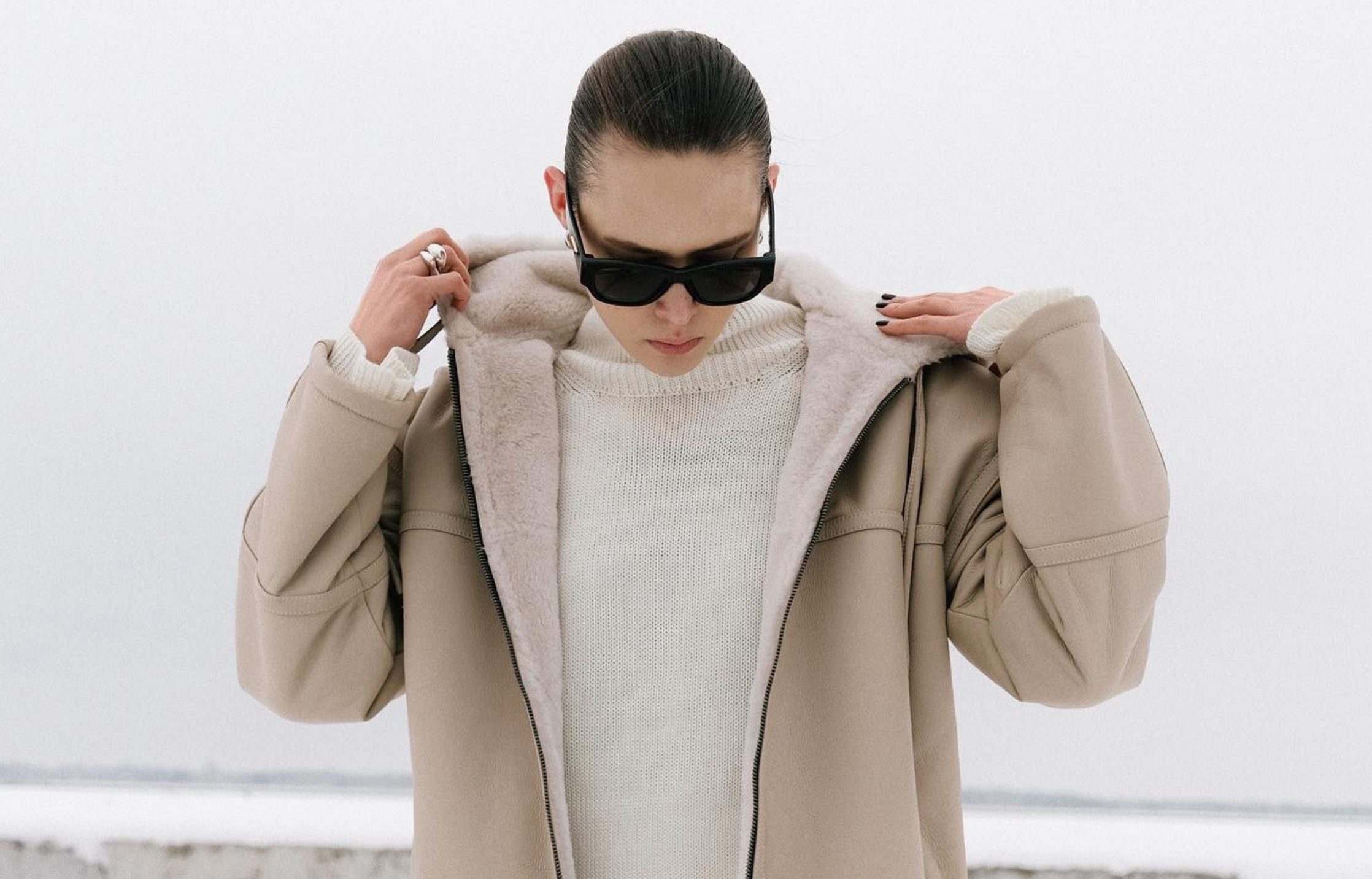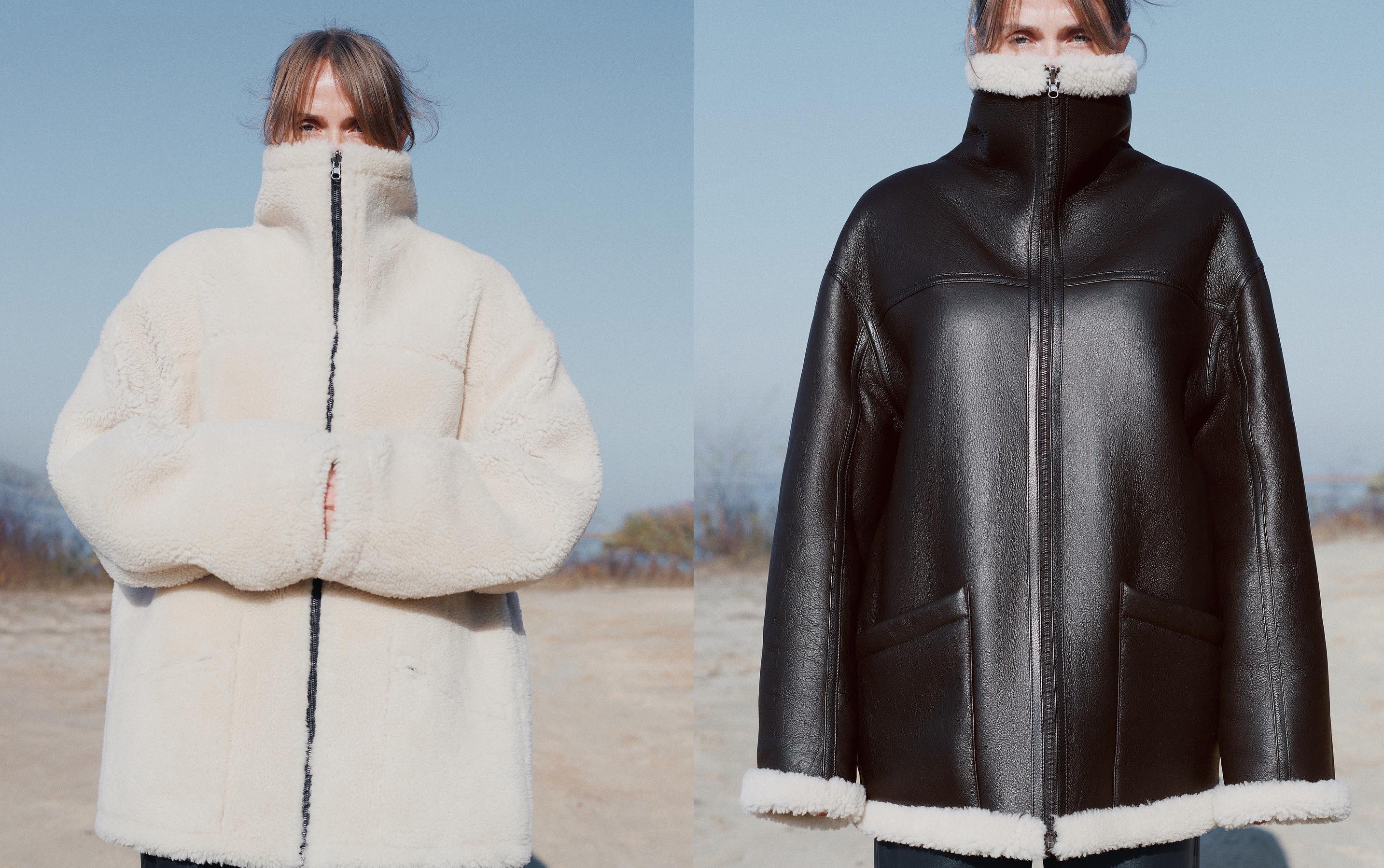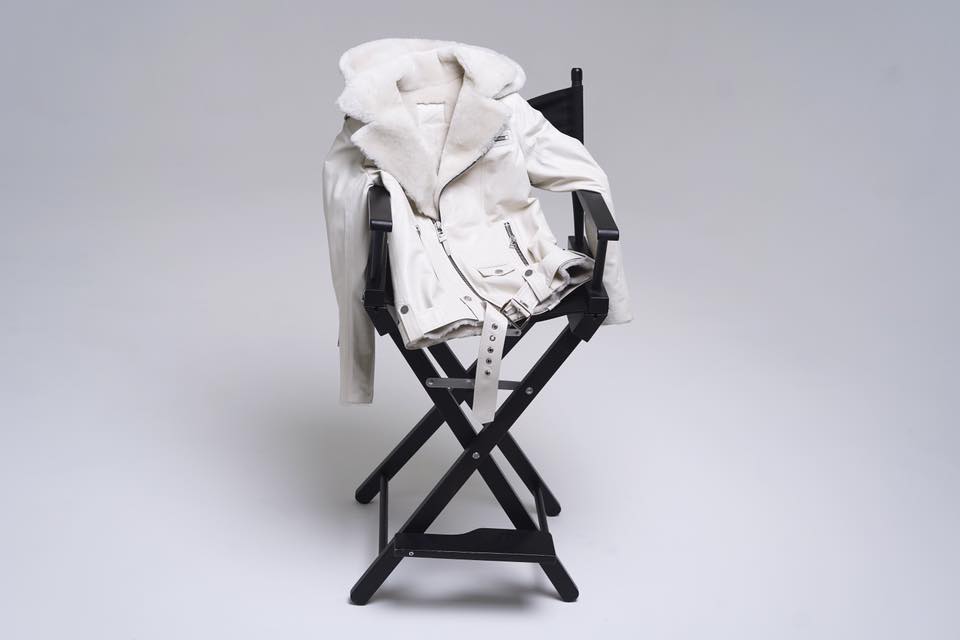
The Science of Staying Warm: How Insulation and Layering Work in Winter Outwear
Winter can be a challenging season to dress for, especially when it comes to staying warm. It is important to understand how insulation and layering work in winter outerwear to make the best choices for your needs.
When we talk about insulation, we refer to the materials used in winter clothing to keep you warm. These materials come in many forms, including natural (e.g. down) and synthetic (e.g. polyester). Each type of insulation has its own unique characteristics that affect its warmth, weight, and compressibility.

Layering, on the other hand, is the process of wearing multiple garments to create a system that will keep you warm and comfortable in a variety of conditions. The base layer is the layer closest to your skin, and its primary function is to wick moisture away from your body. The mid layer provides insulation and warmth, while the outer layer (shell) protects you from wind, snow, and rain.
Understanding insulation and layering is crucial when it comes to choosing the right winter outerwear for winter out. By considering factors such as the temperature, activity level, and personal preference, you can find the perfect combination of insulation and layers to keep you warm and comfortable throughout the winter season.
Importance of Staying Warm in Winter Outdoors
Staying warm in winter outdoors is essential for your health and comfort. Cold weather can lead to hypothermia, frostbite, and other serious health problems. You can stay warm by wearing appropriate clothing, staying dry, and avoiding exposure to wind and moisture.
Wool and synthetic fabrics are good choices for outdoor clothing because they are warm, lightweight, and wick moisture away from your skin. In addition to clothing, it is important to stay hydrated and well-nourished during outdoor activities. Eating high-energy foods such as nuts, dried fruit, and chocolate can help keep your body warm and provide the energy you need to stay active.

It is important to be aware of your surroundings and take precautions to avoid accidents and injury. This may include using proper equipment, such as crampons or snowshoes, and avoiding hazardous areas such as steep slopes or thin ice. By taking these steps, you can enjoy the beauty and excitement of winter outdoors while staying safe and comfortable.
Insulation and Layering: The Science Behind Staying Warm
Insulation and layering are critical components to staying warm in cold weather. Insulation provides a barrier between the cold air and your body, trapping heat that your body produces to keep you warm. Layering is a technique that involves wearing multiple layers of clothing to create pockets of warm air between the layers. These pockets are effective in trapping heat and keeping you warm.

When it comes to insulation, there are many different materials to choose from, such as down, wool, and synthetic fabrics. Each material has its own unique properties that make it suitable for different conditions and activities. For example, down is a great insulator in extremely cold and dry conditions, while wool is better suited for damp and wet conditions.
Layering is also important when it comes to staying warm. The key to layering is to wear multiple layers of clothing that can be easily removed or added depending on your level of activity and the weather conditions. The first layer should be a moisture-wicking base layer that will keep sweat away from your skin. The second layer should be an insulating layer that will trap warm air close to your body. The final layer should be a waterproof and windproof shell that will protect you from the elements.
In addition to insulation and layering, it's also important to pay attention to other factors that can affect your body temperature, such as the type of activity you're doing, the length of time you'll be outside, and the wind chill factor. By taking these factors into account and properly insulating and layering your clothing, you can stay warm and comfortable in even the coldest weather.
Understanding Insulation
Insulation in clothes is an important aspect to consider when dressing for different activities and weather conditions. Insulation refers to the ability of clothing to trap air and create a barrier between the wearer and the outside environment. It is this insulation that helps to keep us warm in cold weather, and cool in hot weather.
There are different types of insulation used in clothing, including natural fibers such as wool and down feathers, and synthetic materials like polyester and nylon. Each type of insulation has its own unique properties and benefits, and it is important to choose the right one for your needs.

Other factors to consider when choosing insulated clothing include the activity you will be doing, as well as the weather conditions you will be facing. For example, if you will be participating in a high-intensity activity like skiing, you may want to consider a lighter weight insulation to prevent overheating.
On the other hand, if you will be standing in cold weather for an extended period of time, a heavier weight insulation may be more appropriate to keep you warm and comfortable. By understanding the different types of insulation available and the factors to consider when choosing insulated clothing, you can ensure that you are properly prepared for any outdoor activity or weather condition.
Layering Basics
When it comes to fashion, layering is an essential technique to achieve a stylish and functional outfit. Layering is not only a way to keep warm during the colder months, but it can also add depth and dimension to an outfit, making it more interesting and eye-catching.
When layering, it's important to start with the basics. This means choosing the right fabrics and textures that will complement each other and create a cohesive look. For example, starting with a lightweight t-shirt as a base layer and adding a sweater or jacket on top can create a versatile and comfortable outfit that is perfect for transitioning from the outdoors to indoors.
Another important consideration when layering is the fit of each garment. It's important to make sure that each layer fits well and doesn't add unnecessary bulk to your outfit. This can be achieved by choosing pieces that are tailored to your body shape and size, or by layering pieces that are cut to fit comfortably together.

In summary, layering is a key technique in fashion that can elevate an outfit from basic to stylish and functional. By choosing the right fabrics, textures, and fits, you can create a cohesive and eye-catching look that is perfect for any occasion.
Moisture Management and Layering
Moisture management is an essential aspect of outdoor activities. It involves the ability to regulate your body temperature by removing perspiration from your skin. Layering is another important factor in outdoor activities. It consists of wearing multiple layers of clothing to protect against different weather conditions. By wearing layers, you can easily adjust your clothing to match the changing weather. In addition, layering can also help to trap heat close to your body when it is cold outside. Therefore, proper moisture management and layering techniques are key to staying comfortable and safe while enjoying outdoor activities.
Choosing the Right Winter Outwear
When it comes to staying warm during the winter months, choosing the right outwear is crucial. There are several factors that one should consider when making this decision.
Firstly, consider the level of insulation you will need. If you live in an area where temperatures can drop below freezing, you will want to invest in a coat that provides ample insulation. Look for materials such as down, wool, or synthetic fibers that trap heat close to your body.

Secondly, think about the activities you will be doing while wearing the outwear. If you plan on being active outdoors, you will want to choose a coat that is both warm and lightweight, allowing for ease of movement. If you will be outdoors for extended periods of time, consider a waterproof or water-resistant coat to keep you dry and comfortable.
Thirdly, consider the style and fit of the outwear. A coat that fits well and flatters your body type will not only keep you warm, but also boost your confidence. Look for coats with adjustable features such as hoods, cuffs, and waistbands to ensure a comfortable fit.
Lastly, think about the durability of the outwear. Investing in a high-quality coat that is built to last will not only save you money in the long run, but also reduce your environmental impact. Look for coats with reinforced stitching and high-quality materials that will withstand the wear and tear of daily use.
By considering these factors, you can be sure to choose winter outwear that will keep you warm, comfortable, and stylish throughout the coldest months of the year.
Importance of Fit for Optimal Insulation and Layering
Proper insulation and layering is critical for staying warm and dry in cold weather. In order to achieve this, it is important to consider the fit of your clothing. Clothing that is too tight can restrict movement and reduce the effectiveness of insulation, while clothing that is too loose can allow cold air to penetrate and reduce the effectiveness of layering.

To ensure optimal insulation and layering, it is important to choose clothing that fits well and allows for a full range of motion. This means taking into account not only the size, but also the shape and cut of the clothing. Additionally, it is important to consider the materials used in the clothing, as some materials may be more effective at insulation and moisture management than others.
By paying attention to fit and materials, you can optimize your insulation and layering system, allowing you to stay warm and comfortable in even the coldest weather conditions.
Tips for Choosing the Best Winter Outwear
When it comes to choosing the best winter outwear, there are several factors to consider. First, think about the climate in your area. Is it usually very cold, or does it tend to be milder? If you live in a place with harsh winters, you'll want to look for a coat that is both warm and durable.
Next, consider your personal style. Do you prefer a sporty look, or something more classic? There are plenty of options available, from puffer jackets and parkas to wool coats and pea coats.
You'll also want to think about the activities you'll be doing while wearing your winter outwear. If you'll be spending a lot of time outdoors, a coat with a waterproof or water-resistant shell can help keep you dry in wet conditions. If you'll be doing a lot of walking, look for a coat with good insulation and a comfortable fit.

Finally, don't forget about accessories! A warm hat, scarf, and gloves can make a big difference in keeping you comfortable during the winter months. With these tips in mind, you'll be well on your way to choosing the best winter outwear for your needs and style.
Maintenance and Care of Winter Outwear
Caring for your winter outerwear is important to keep it in good condition and make sure it continues to keep you warm and dry throughout the season. Proper maintenance can also help preserve the insulation and layering efficiency of your gear, ensuring that you stay comfortable in even the coldest temperatures.
One of the most important things you can do to care for your winter outerwear is to clean it regularly. This involves more than just throwing it in the washing machine, as many types of winter gear require special care to avoid damaging the fabric or insulation. For example, down jackets and sleeping bags should be washed with special detergents and dried carefully to prevent clumping of the down insulation.

Another key aspect of caring for your winter outerwear is to store it properly when not in use. This means hanging jackets and pants on appropriate hangers or laying them flat in a cool, dry place. Avoid storing your gear in damp or humid areas, as this can lead to mold and mildew growth.
It is important to inspect your winter outerwear regularly for signs of wear and tear. Repair any small rips or tears as soon as possible to prevent them from becoming larger and more difficult to fix. By taking good care of your winter gear, you can enjoy it for many seasons to come and stay comfortable no matter how cold it gets outside.
Conclusion
As a recap, staying warm in winter outdoors can be achieved through proper insulation and layering. While it may seem like a simple concept, there are many factors to consider in order to achieve maximum warmth without sacrificing mobility and comfort. For instance, the type of insulation used can greatly affect the level of warmth. Additionally, proper layering ensures that the body is able to retain heat while also allowing for moisture to escape. It is also important to consider the activity level and duration of the outdoor excursion, as this can greatly impact the clothing needed. By understanding these factors and properly preparing with the right gear, anyone can enjoy the outdoors even in the coldest of temperatures.

When it comes to winter wear, investing in high-quality outwear is essential. You want to make sure that you are warm and comfortable during the colder months, and that you can continue to be active outside. However, buying high-quality winter outwear is just the first step. To truly maximize warmth and comfort, you also need to take proper care of your winter gear. This means storing it properly during the off-season, washing it according to the manufacturer's instructions, and repairing any damage as soon as it occurs. By taking these extra steps, you can ensure that your winter wear lasts longer and continues to provide the warmth and protection you need throughout the winter season.



